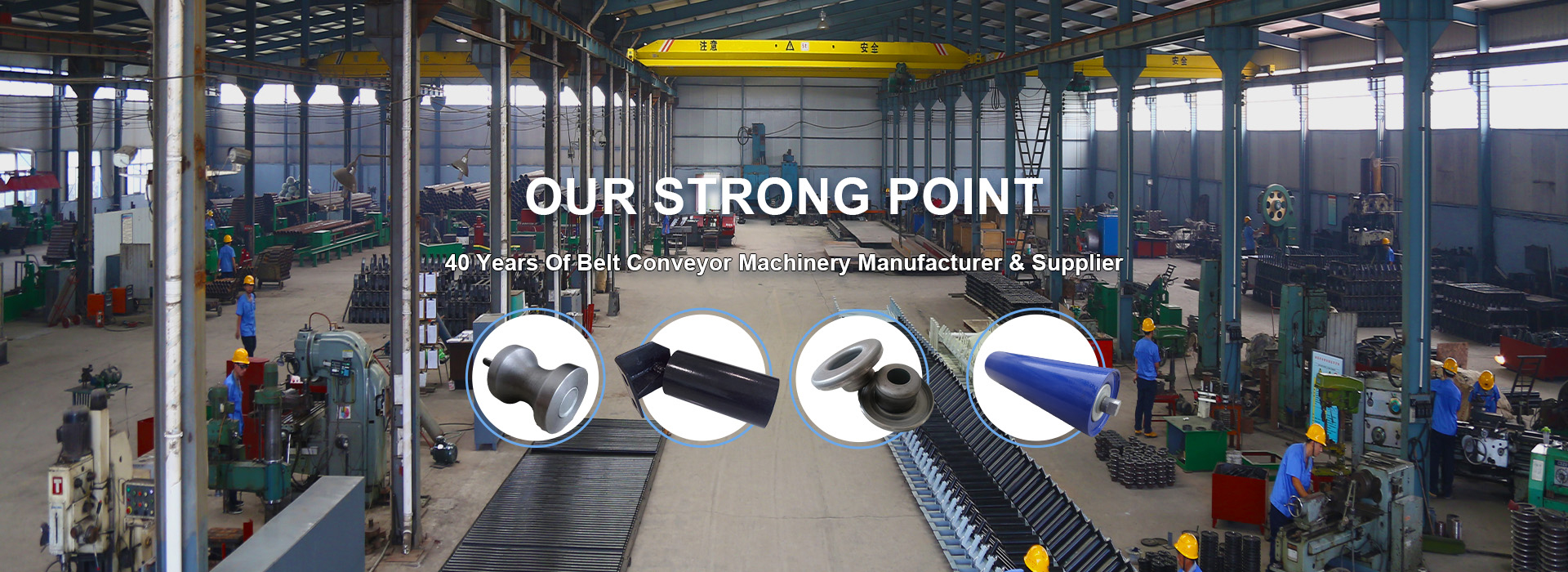 Afrikaans
Afrikaans  Albanian
Albanian  Amharic
Amharic  Arabic
Arabic  Armenian
Armenian  Azerbaijani
Azerbaijani  Basque
Basque  Belarusian
Belarusian  Bengali
Bengali  Bosnian
Bosnian  Bulgarian
Bulgarian  Catalan
Catalan  Cebuano
Cebuano  Corsican
Corsican  Croatian
Croatian  Czech
Czech  Danish
Danish  Dutch
Dutch  English
English  Esperanto
Esperanto  Estonian
Estonian  Finnish
Finnish  French
French  Frisian
Frisian  Galician
Galician  Georgian
Georgian  German
German  Greek
Greek  Gujarati
Gujarati  Haitian Creole
Haitian Creole  hausa
hausa  hawaiian
hawaiian  Hebrew
Hebrew  Hindi
Hindi  Miao
Miao  Hungarian
Hungarian  Icelandic
Icelandic  igbo
igbo  Indonesian
Indonesian  irish
irish  Italian
Italian  Japanese
Japanese  Javanese
Javanese  Kannada
Kannada  kazakh
kazakh  Khmer
Khmer  Rwandese
Rwandese  Korean
Korean  Kurdish
Kurdish  Kyrgyz
Kyrgyz  Lao
Lao  Latin
Latin  Latvian
Latvian  Lithuanian
Lithuanian  Luxembourgish
Luxembourgish  Macedonian
Macedonian  Malgashi
Malgashi  Malay
Malay  Malayalam
Malayalam  Maltese
Maltese  Maori
Maori  Marathi
Marathi  Mongolian
Mongolian  Myanmar
Myanmar  Nepali
Nepali  Norwegian
Norwegian  Norwegian
Norwegian  Occitan
Occitan  Pashto
Pashto  Persian
Persian  Polish
Polish  Portuguese
Portuguese  Punjabi
Punjabi  Romanian
Romanian  Russian
Russian  Samoan
Samoan  Scottish Gaelic
Scottish Gaelic  Serbian
Serbian  Sesotho
Sesotho  Shona
Shona  Sindhi
Sindhi  Sinhala
Sinhala  Slovak
Slovak  Slovenian
Slovenian  Somali
Somali  Spanish
Spanish  Sundanese
Sundanese  Swahili
Swahili  Swedish
Swedish  Tagalog
Tagalog  Tajik
Tajik  Tamil
Tamil  Tatar
Tatar  Telugu
Telugu  Thai
Thai  Turkish
Turkish  Turkmen
Turkmen  Ukrainian
Ukrainian  Urdu
Urdu  Uighur
Uighur  Uzbek
Uzbek  Vietnamese
Vietnamese  Welsh
Welsh  Bantu
Bantu  Yiddish
Yiddish  Yoruba
Yoruba  Zulu
Zulu belt conveyor troughing idlers
Troughing Idlers in Belt Conveyors Essential Components for Efficient Material Handling
Belt conveyors are integral to many industrial applications, facilitating the movement of bulk materials over varying distances and terrains. One crucial component of these systems is troughing idlers. These specialized rollers support and shape the conveyor belt, ensuring a stable and efficient transfer of materials. In this article, we will explore the function, types, advantages, and maintenance of troughing idlers in belt conveyors.
Understanding Troughing Idlers
Troughing idlers are the rollers that guide and support the conveyor belt. Unlike flat idlers, troughing idlers are designed with a three-roller configuration that forms a trough-like shape. This design helps to contain bulk materials, such as grains, ores, and aggregates, preventing spillage and ensuring safe transportation.
The typical angle of troughing idlers varies, with common configurations being 20°, 30°, and 45°. The chosen angle depends on the type of material being transported as well as the specific installation's requirements.
Types of Troughing Idlers
1. Standard Troughing Idlers These idlers are the most commonly used and are suitable for the majority of bulk material handling applications. They are often equipped with rubberized surfaces to reduce slipping.
2. Wide Troughing Idlers Designed for larger capacities, wide troughing idlers offer additional support for wider belts and heavier loads. This helps in minimizing the risk of material spillage.
3. Heavy-Duty Troughing Idlers Used in challenging environments, these idlers are made from robust materials and can withstand significant impacts and loads. They are ideal for heavy-duty applications such as mining and aggregates.
4. Impact Idlers Installed at critical points on the conveyor, impact idlers help absorb the energy from falling materials, protecting the belt and surrounding infrastructure from damage.
5. Training Idlers These specialized idlers help keep the conveyor belt aligned, preventing misalignment that can lead to additional wear and inefficiency.
Advantages of Troughing Idlers
belt conveyor troughing idlers

Troughing idlers offer several benefits that make them fundamental to the effectiveness of belt conveyors
1. Material Containment The trough shape helps keep materials centered on the belt, thereby reducing spillage and waste, which is crucial for operational efficiency.
2. Support and Stability By distributing weight evenly along the length of the conveyor, troughing idlers provide necessary support, enhancing the overall stability of the system.
3. Reduced Wear and Tear Properly designed troughing idlers minimize the friction between the belt and the rollers, which leads to less wear on both components. This results in lower maintenance costs and extends the lifespan of the conveyor system.
4. Versatility Troughing idlers can be used in various applications across different industries, from agriculture to mining, making them a versatile choice for bulk material handling.
5. Easy Maintenance Many troughing idlers are designed for easy assembly and disassembly, which simplifies maintenance tasks and reduces downtime.
Maintenance Considerations
To ensure optimal performance, regular maintenance of troughing idlers is essential. Some key maintenance practices include
- Regular Inspection Frequent checks for wear and tear, misalignment, and damage can prevent larger issues. Visual inspections can help identify problems before they affect operations. - Lubrication Proper lubrication of idler bearings is critical to reduce friction and wear. Following the manufacturer's guidelines on lubrication frequency can prolong the life of the idlers.
- Cleaning Keeping idlers free from debris and spilled material enhances their performance and prevents unexpected breakdowns.
- Replacement Over time, idlers will wear out and require replacement. Identifying when to replace idlers based on wear limits provided by manufacturers ensures continuous efficiency.
In conclusion, troughing idlers play a vital role in the functionality and efficiency of belt conveyors. Their design not only supports the conveyor belt but also assists in the safe and effective handling of materials. By understanding the different types, benefits, and maintenance practices associated with troughing idlers, industries can enhance their material handling processes, minimize downtime, and secure a more productive operation.
-
Revolutionizing Conveyor Reliability with Advanced Rubber Lagging PulleysNewsJul.22,2025
-
Powering Precision and Durability with Expert Manufacturers of Conveyor ComponentsNewsJul.22,2025
-
Optimizing Conveyor Systems with Advanced Conveyor AccessoriesNewsJul.22,2025
-
Maximize Conveyor Efficiency with Quality Conveyor Idler PulleysNewsJul.22,2025
-
Future-Proof Your Conveyor System with High-Performance Polyurethane RollerNewsJul.22,2025
-
Driving Efficiency Forward with Quality Idlers and RollersNewsJul.22,2025





























